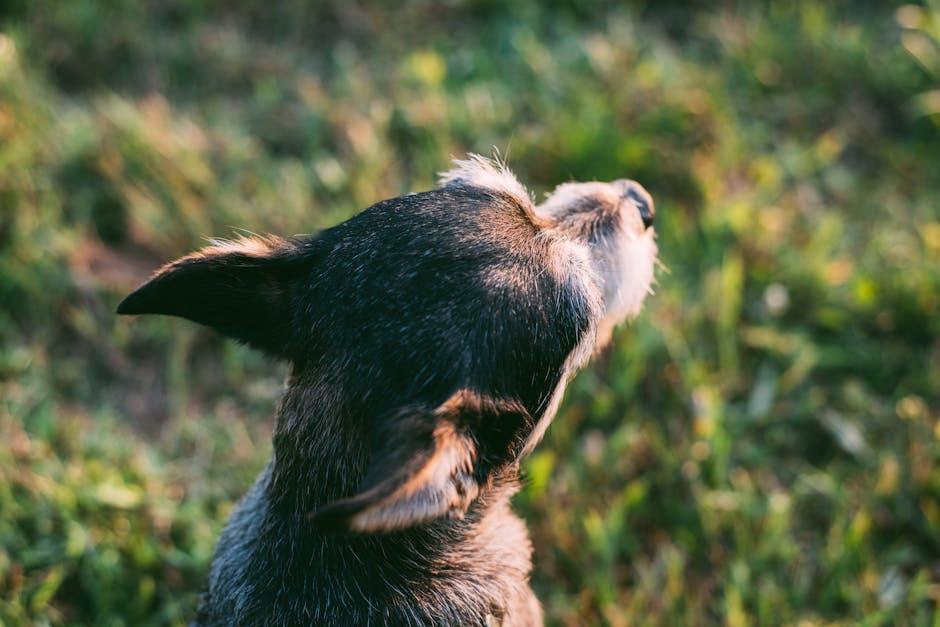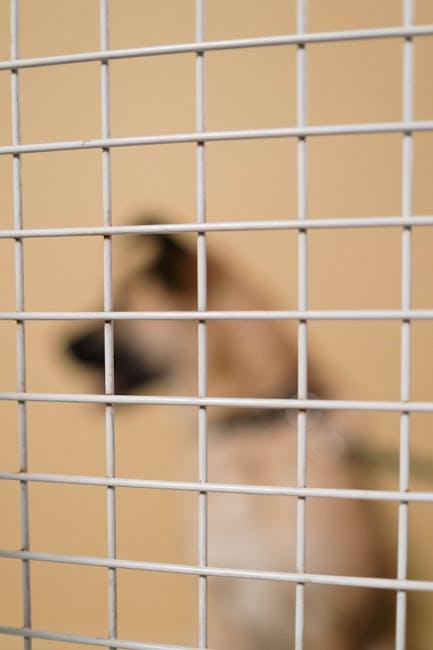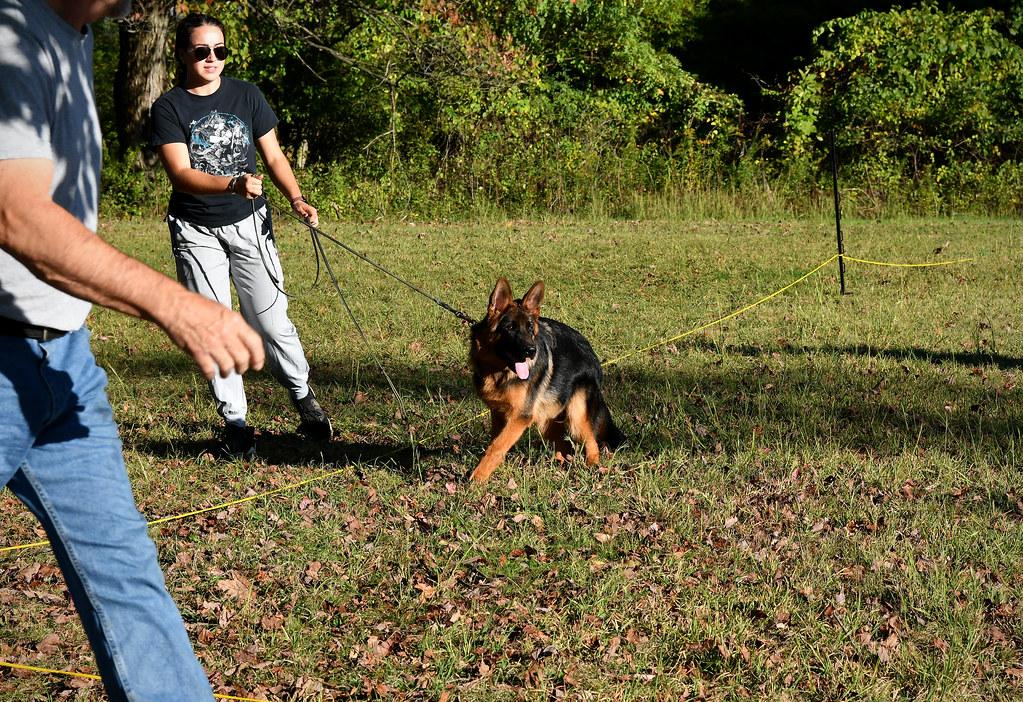Welcoming a dog into your home is akin to embracing a new family member, full of joy, love, and the promise of countless shared adventures. However, just like any relationship, establishing mutual respect is key to a harmonious coexistence. Teaching your dog to respect boundaries is an essential part of this process, ensuring both their safety and your peace of mind. Whether you’re setting limits around furniture, teaching them to stay out of the kitchen, or creating safe zones for your garden, guiding your furry friend with patience and kindness is crucial. In this article, we’ll explore effective, compassionate techniques to help your dog understand and respect these boundaries, fostering a balanced and happy home environment for everyone.
Understanding Your Dogs Perspective
To effectively teach your furry friend to respect boundaries, it’s crucial to see the world through their eyes. Dogs, being natural explorers, often view their environment with unbridled curiosity and enthusiasm. They perceive boundaries not as limitations but as puzzles to solve. Therefore, it’s important to approach this training with empathy and understanding. Here are a few key insights into how your dog might perceive boundaries:
- Instinctive Exploration: Dogs rely heavily on their senses, especially smell, to understand their surroundings. A boundary can be perceived as a new scent trail or an intriguing path to follow.
- Social Cues: Dogs are pack animals and often look to their human companions for social cues. They may test boundaries to seek your attention or approval.
- Comfort Zones: Just like humans, dogs have comfort zones and thresholds. A boundary might be viewed as a safe space or a challenge to their comfort, prompting them to explore beyond.
Understanding these perspectives allows you to create a training environment that respects your dog’s natural instincts while gently guiding them to recognize and respect the boundaries you set.

Creating Clear and Consistent Boundaries
Establishing boundaries with your furry friend is essential for a harmonious relationship, and it all starts with clear communication. Begin by identifying the areas in your home or yard that are off-limits. Consistency is key; ensure every member of the household is on the same page about these boundaries. Utilize visual cues like gates or furniture to demarcate these areas. When your dog approaches these boundaries, gently redirect them with a firm “no” or use a command they understand. Remember to be patient and consistent in your responses to reinforce the lesson.
- Use positive reinforcement: Reward your dog with treats or affection when they respect the boundary.
- Establish a routine: Regularly practice boundary training at the same times each day.
- Employ verbal cues: Use clear, simple commands to signal boundary limits.
- Leverage training tools: Consider using leashes or barriers during initial training phases.
Creating a respectful environment involves nurturing a sense of trust and understanding. As your dog learns these boundaries, they will feel more secure and confident in their environment, knowing exactly where they can roam freely. Celebrate small victories and remember that patience is the foundation of successful training.

Using Positive Reinforcement Techniques
Positive reinforcement is a powerful tool when teaching your dog to respect boundaries. This technique relies on rewarding desirable behavior, making it more likely to be repeated. By focusing on what your dog does right, you can create a learning environment filled with encouragement and motivation.
- Use Treats Wisely: Choose small, high-value treats that your dog loves. Reward them immediately after they demonstrate the desired behavior, like stopping at a boundary line.
- Praise and Affection: Sometimes, a kind word or a gentle pat can be as rewarding as a treat. Let your dog know when they’re doing well with plenty of verbal praise and affection.
- Consistency is Key: Be consistent with your commands and rewards. This helps your dog understand what’s expected and what they’ll gain by respecting the boundaries.
- Timing Matters: Reward your dog as soon as they comply with the boundary rules. This immediate feedback helps them associate their behavior with the reward.
By implementing these positive reinforcement strategies, you’ll not only teach your dog to respect boundaries but also strengthen your bond, fostering a relationship built on trust and understanding.

Addressing Challenges with Patience and Compassion
Patience and compassion are key when teaching your dog to respect boundaries. Just like humans, dogs thrive in environments where they feel understood and valued. Instead of resorting to frustration when your furry friend crosses the line, take a deep breath and remind yourself that learning takes time. Positive reinforcement can be incredibly effective. Reward your dog with treats, affection, or verbal praise when they respect the set boundaries. This not only encourages them to repeat the behavior but also strengthens your bond.
- Stay consistent with your commands and signals.
- Use a calm and firm tone when communicating.
- Set clear and realistic boundaries that your dog can understand.
- Be patient with their learning curve; every dog learns at their own pace.
Remember, teaching boundaries is not just about control, but also about creating a harmonious living environment where both you and your pet can coexist happily. By approaching this challenge with love and understanding, you’re not just training a pet; you’re nurturing a lifelong companion.

